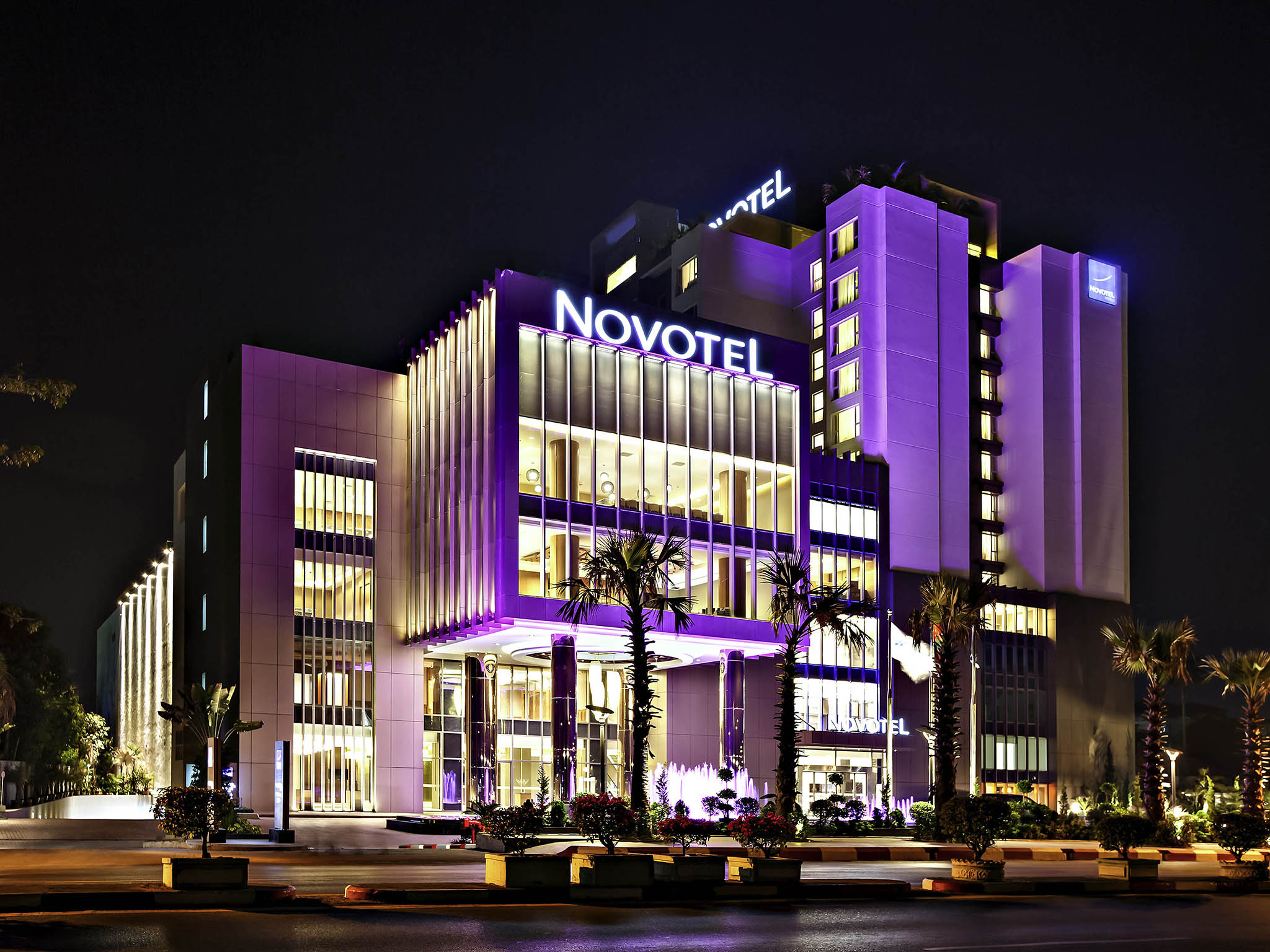Despite its tourism initiatives, Myanmar's hotels are sitting idle. According to Bloomberg Businessweek, Myanmar was expected to be a hot tourist destination after the decline of its dictatorship, but due to political and economic issues and lack of tourism industry experience, travel to Myanmar has continued to plunge.
The Ministry of Hotels and Tourism has reported that travel to Myanmar decreased by 38 percent in 2016 to 2.9 million from 4.7 million in 2015. This new data follows years of the tourism ministry inflating the numbers, especially when it drafted the Master Plan for the Myanmar tourism industry in 2013. The plan targeted 7.5 million visitors by 2020, nearly increasing 10-fold compared with the final year under military rule. The plan also projected $10.2 billion in revenues, which would have benefited the country's economic growth.
The World Bank currently estimates Myanmar's economy is worth about $63 billion. Unable to reach this goal, the ministry cut its visitor tally as it received criticism for falsifying the statistics by hundreds of thousands of travelers. However, this is no surprising task from a developing country attempting to boost its economy through tourism demand.
Further Corruption
The years following the country's emergence from isolation saw the gain of a new democratically elected coalition under Aung San Suu Kyi and a new government last year. While the new government vowed to end ethnic conflict and open the economy, Myanmar has remained one of the world's poorest countries with a politically powerful military and continuous ethnic violence.
In February, the United Nations claimed that members of the Myanmar army and the police had killed hundreds of Rohingya Muslims. They also evicted close to 90,000 Rohingya Muslims from their homes during a crackdown last year against the minority group. Prior to the announcement, a government advisor calling for religious harmony was shot to death outside Myanmar's international airport in January. Therefore, travel to the country remains unsafe. Thet Lwin Toh, chairman of the Union of Myanmar Travel Association, told Bloomberg Businessweek, “There is no safe travel in the northern part of the country, and the country gets a lot of bad press.”
The Gold Rush Mentality Turns Myanmar Cities into Ghost Towns
An influx of foreign investment brought the first Western food restaurants, a Coca-Cola bottling plant and cellphone service and hotel rooms. However, these rooms remain vacant, construction is poorly regulated and the country's national treasures, like the Bagan archaeological site and Inle Lake, have been damaged and are being polluted with silt and garbage. According to Rogers, developers' gold rush mentality encouraged too much building. The tourism ministry data showed that hotel numbers almost doubled to 1,300 the five years through 2015. Foreign businesses signed hotel investment deals totaling $2.7 billion during that time. Current Western chains in Myanmar include French hotel operator AccorHotels and Hilton Worldwide. Hilton's Asia-Pacific President Martin Rinck told Bloomberg Businessweek that occupancy rates and profit at Hilton's two Myanmar properties have been growing by double-digits each year since they opened in 2014. The group has planned to develop three more hotels in the country.

Over-development is especially apparent in Myanmar's capital, Naypyitaw. In the 2000s, the former military government moved the capital from colonial-era Yangon to Naypyitaw. Following the rapid development of the new capital, the city became a ghost town with empty 14-lane highways, closed-up shops and 5,000 mostly-vacant hotel rooms, the Union of Myanmar Travel Association reported. Cities outside of the capital have experienced the same fate. In 2016, occupancy dropped below 40 percent nation-wide in the wet months of spring and summer, the Union of Myanmar Travel Association reported. Those numbers only rose to about 50 percent in the peak, dry season between November and March.
In response, the tourism ministry had planned in September to restrict new hotel projects in many major tourist destinations, including Yangon. However, the Department of Civil Aviation is continuing to expand the Yangon International Airport to accommodate 20 million passengers annually by next year. Meanwhile, a second international airport just 37 miles away will be built for another 12 million passengers.
Neighboring Thailand’s success in the industry suggests there’s still room for Myanmar to expand. The country expects 34.5 million international travelers will visit this year. Official data shows that Thailand’s tourism industry accounts for about 11 percent of the nation’s $395 billion. Myanmar’s tourism industry accounts for about 4 percent, according to the latest report.
The Potential for Tourism Growth Overshadows Environmental Concerns
Myanmar’s unregulated development could damage the country’s ecology and diminish the country’s allure even before tourism can surge, activist and boutique hotel Ngapali Beach owner Oliver Esser Soe Thet told Bloomberg Businessweek. The current government is aware of the damage the development is causing, but tourism for Myanmar still has major potential, Sean Turnell, a government economic adviser and professor at Sydney’s Macquarie University, told the paper.
Thet stated that developers have been using truckloads of beach sand to make cement for building projects for years. Myanmar’s authorities don’t enforce laws prohibiting sand mining. In 2012, large sections of shoreline forest surrounding Inle Lake were bulldozed to construct new roads and buildings, causing erosion to block part of the waterway. According to Oscar Haugejorden, director of a Norwegian environmental group at Inle Lake, “There is a real danger the lake may actually disappear.” The former military dictatorship constructed an 18-hole golf course and dozens of hotels within the Bagan archaeological site with thousands of 10th-century temples. Even after an earthquake added to the damage in 2016, hotels are still being developed at the site.
